
White House Unveils 55-Page $1.5T Infrastructure Proposal
On Monday, the Trump administration’s infrastructure proposal was released in a 55-page document.
Although the Trump administration has focused on repealing the Affordable Care Act and overhauling the U.S. government tax system in 2017, the White House has promised that infrastructure will be a priority in 2018.
Even though the plan is already facing major opposition from Democrats, industry groups are applauding the White House’s ability to take action and address a long-standing issue impacting almost every area of the country.
“For years, plenty of people have been willing to talk about modernizing our nation’s infrastructure, but few have been willing to take action. We applaud the Trump administration for laying out its vision for moving ahead on this critical issue,” said Tom Donohue, president of the U.S. Chamber of Commerce.
The administration has plans to mix federal funds, along with contributions from both the local government and private sector.
The proposal released Monday includes a $1.5 trillion infrastructure package with plans on how to raise funds, improve rural areas with infrastructure projects, and also outlines how to get permits complete in the next two years. The government is pledging $200 billion for the massive project.
“My Administration’s plan addresses more than traditional infrastructure — like roads, bridges, and airports — but addresses other needs like drinking and wastewater systems, waterways, water resources, energy, rural infrastructure, public lands, veterans’ hospitals, and Brownfield and Superfund sites,” said President Donald Trump in the White House document. “The reforms set forth in my plan will strengthen the economy, make our country more competitive, reduce the costs of goods and services for American families, and enable Americans to build their lives on top of the best infrastructure in the world.”
Trump said earlier in the year that he wants to ultimately reach a bipartisan deal. But, as usual, Democrats and Republicans disagree on how federal funding should be used for these projects.
Even before the deal was announced, Democrats doubted that the new tax plan would stimulate the funds needed to rebuild America’s roads, bridges and rail systems.
Following the roll out of the White House infrastructure proposal, the Democratic National Committee issued a statement expressing disappointment in the GOP’s version of the long-awaited infrastructure overhaul.
“After repeatedly failing to live up to his infrastructure promises, the release of Trump’s infrastructure plan today once again falls short,” said the DNC in an email to reporters. “Trump’s plan is just another giveaway to corporations and wealthy developers at the expense of American workers, and it fails to address some of the most pressing infrastructure needs our country faces.”
The Democratic plan released last week, on the other hand, relies heavily on federal funds and outlines $1 trillion in government spending for infrastructure projects. While, the GOP initiative’s funding is coming from the state and local governments, along with private investments.
“Half of the federal seed money would go toward an incentive program to match financing from state and local governments investing in rebuilding projects, while a quarter of the appropriations would be used for rural projects in the form of block grants to states so governors may decide where to invest,” writes The Hill. “Twenty billion would be for “transformative programs” meant for new projects rather than rehabilitation of old infrastructure. Another $20 billion is allocated to expand the use of loans and private activity bonds, a common tool used to fund infrastructure projects. The last $10 billion would go into a “capital financing fund.”
“To help build a better future for all Americans, I ask the Congress to act soon on an infrastructure bill that will: stimulate at least $1.5 trillion in new investment over the next 10 years, shorten the process for approving projects to 2 years or less, address unmet rural infrastructure needs, empower State and local authorities, and train the American workforce of the future,” said Trump in the proposal.
After reviewing the proposal, it appears as though the White House is planning to use just under $200 billion in federal funding and will be loosening regulations. This will make federal loans more freely available, while moving certain federal assets to local control. It will also provide incentives to influence infrastructure projects. It would end up being just under $20 billion a year over 10 years, but is also expected to generate almost 10 times that much in economic activity.
Democrats and Republicans will discuss the infrastructure proposal in detail on Wednesday when Trump hosts both parties at the White House.
Editor’s note: Trump knows business. The federal contribution will allow funding of projects that are just short of being economically viable on a local basis. If the fed were funding complete projects, you would get tons of the “bridge to nowhere” projects because greedy politicians would all want something in their district. This way, state and local have skin in the game, and the private bondholders (actual financial people) will be looking over their shoulders. If they evaluate the projects properly, the extra economic activity should make up for the state and local expenditures, and should be a benefit, not a burden to local communities. I admit I was worried this might turn into a “free money” project. But this is better thought out than I thought it would be, and it doesn’t break the bank by adding tons to the federal deficit.



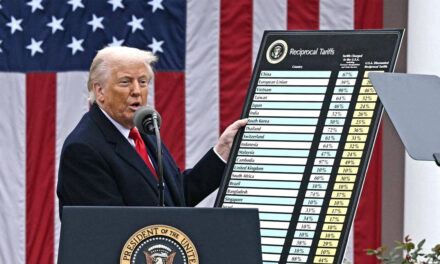






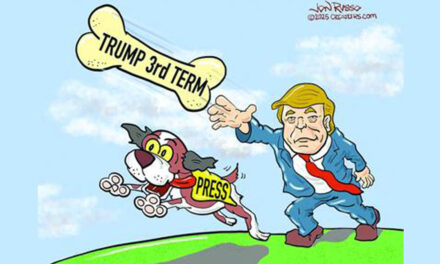




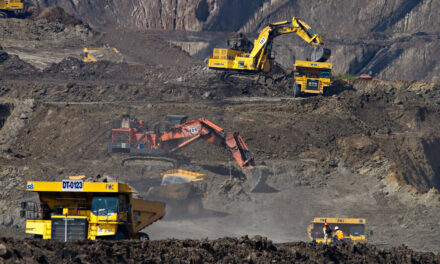
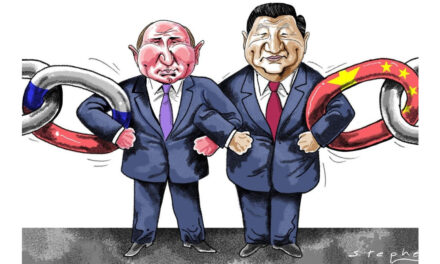






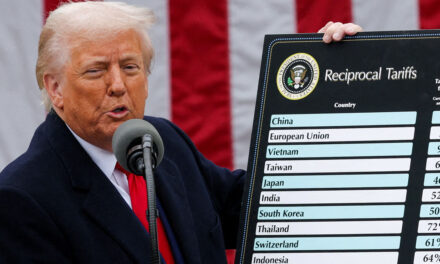




The totals are for extremist events and stand as is. I am not sure of riot deaths by either side…
Frank Danger ... While I mostly ignore your obsessive idiocy, I had to respond to this bit of twisted trash.…
Hitler would be proud. We are looking at the creation of the Fourth Reich, only in the USA. I wonder…
Medicine is one of the most disgraceful professions today, on par with butchery. RFK has turned out to be a…
Wow, repest myself, repeat myself. Oooos. Probably shouldn’t do with taxes, bills, and bringing new double smart oven online.